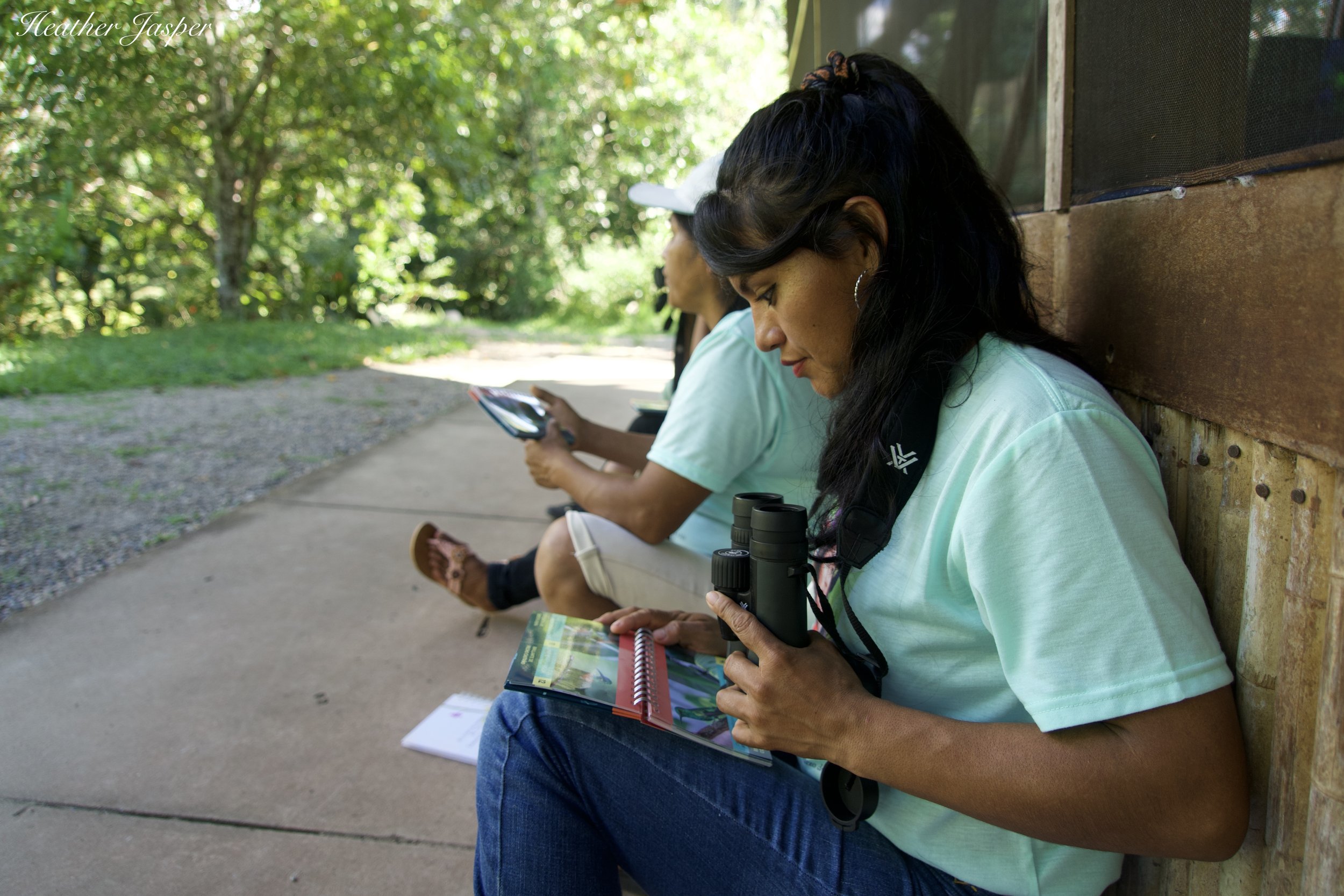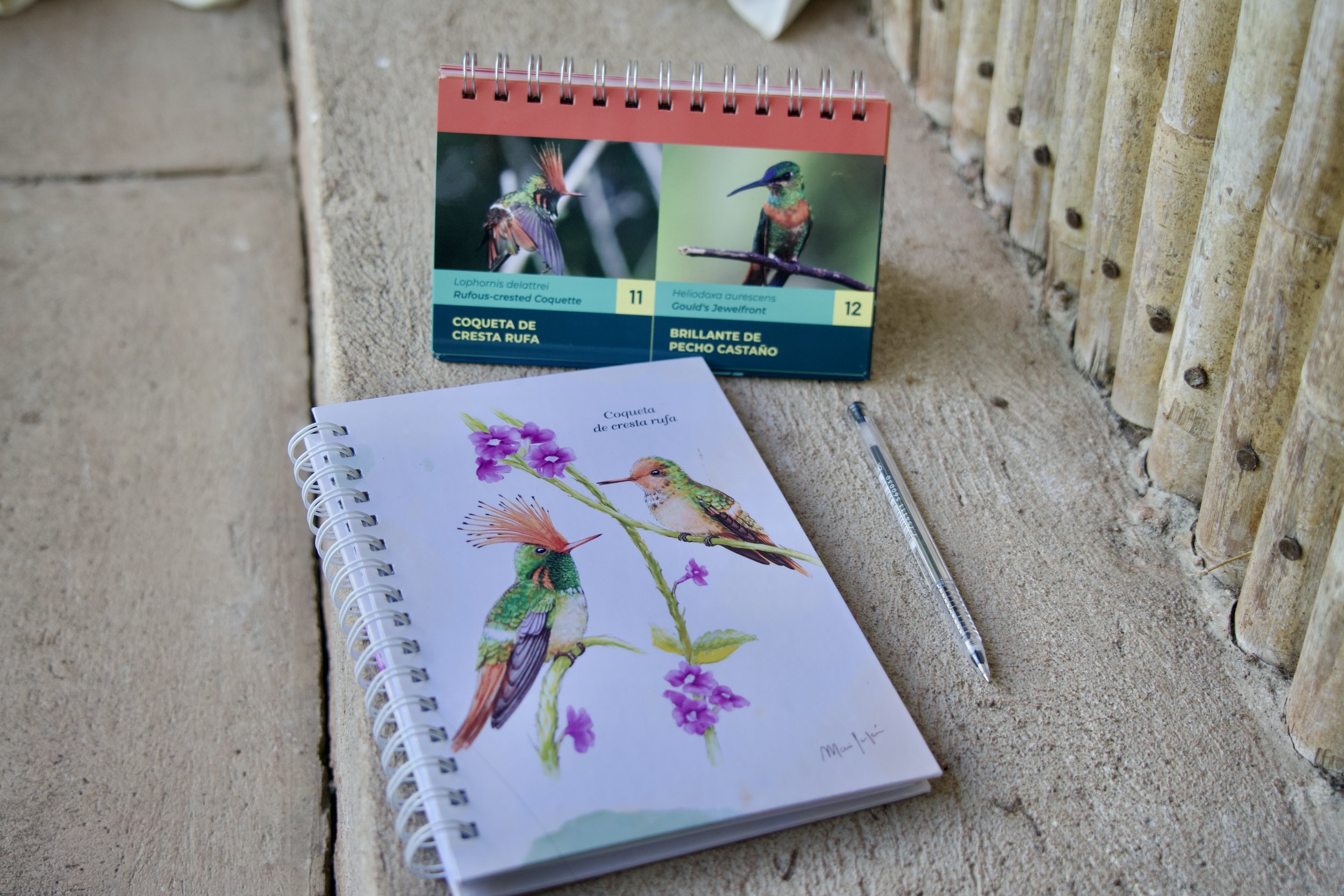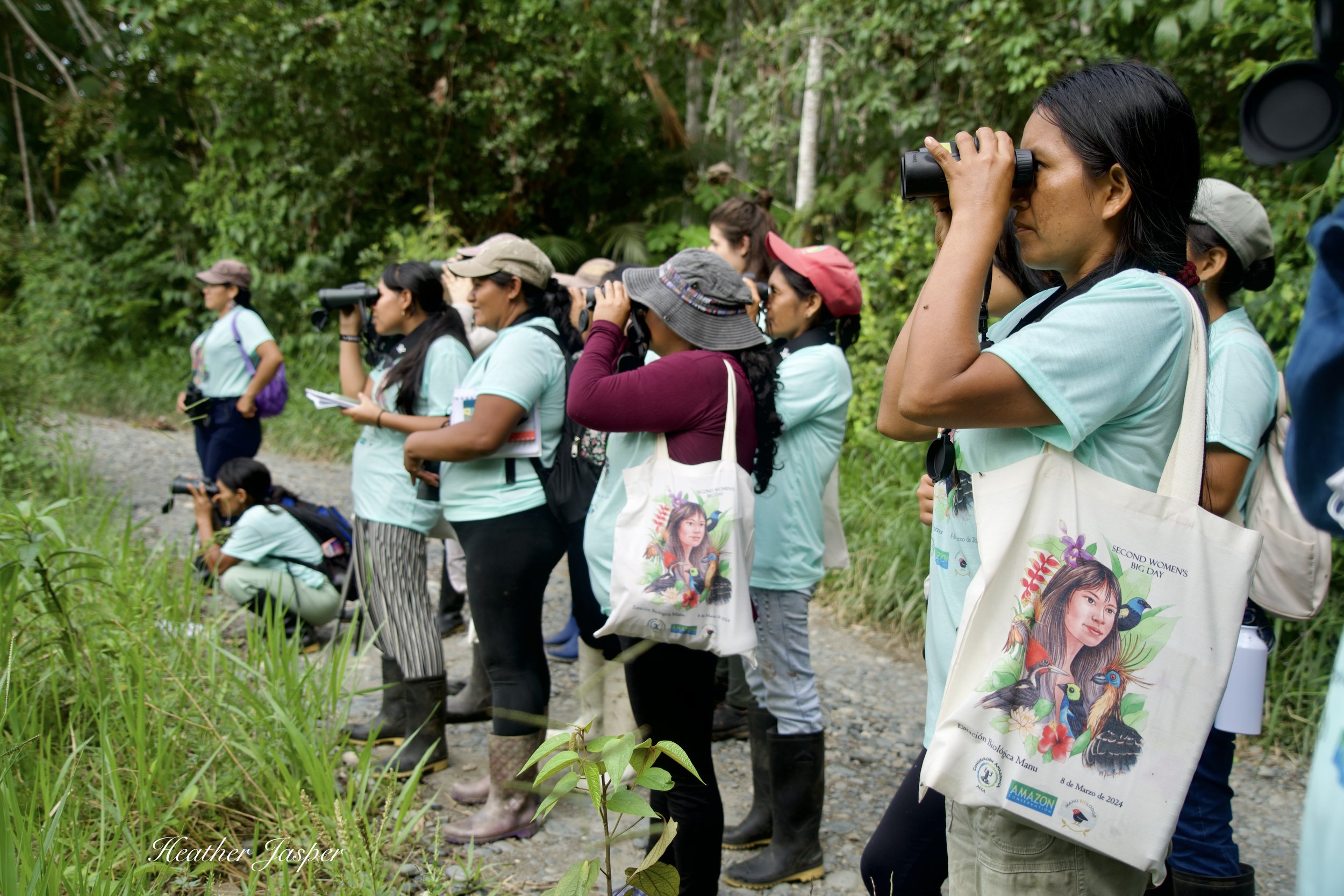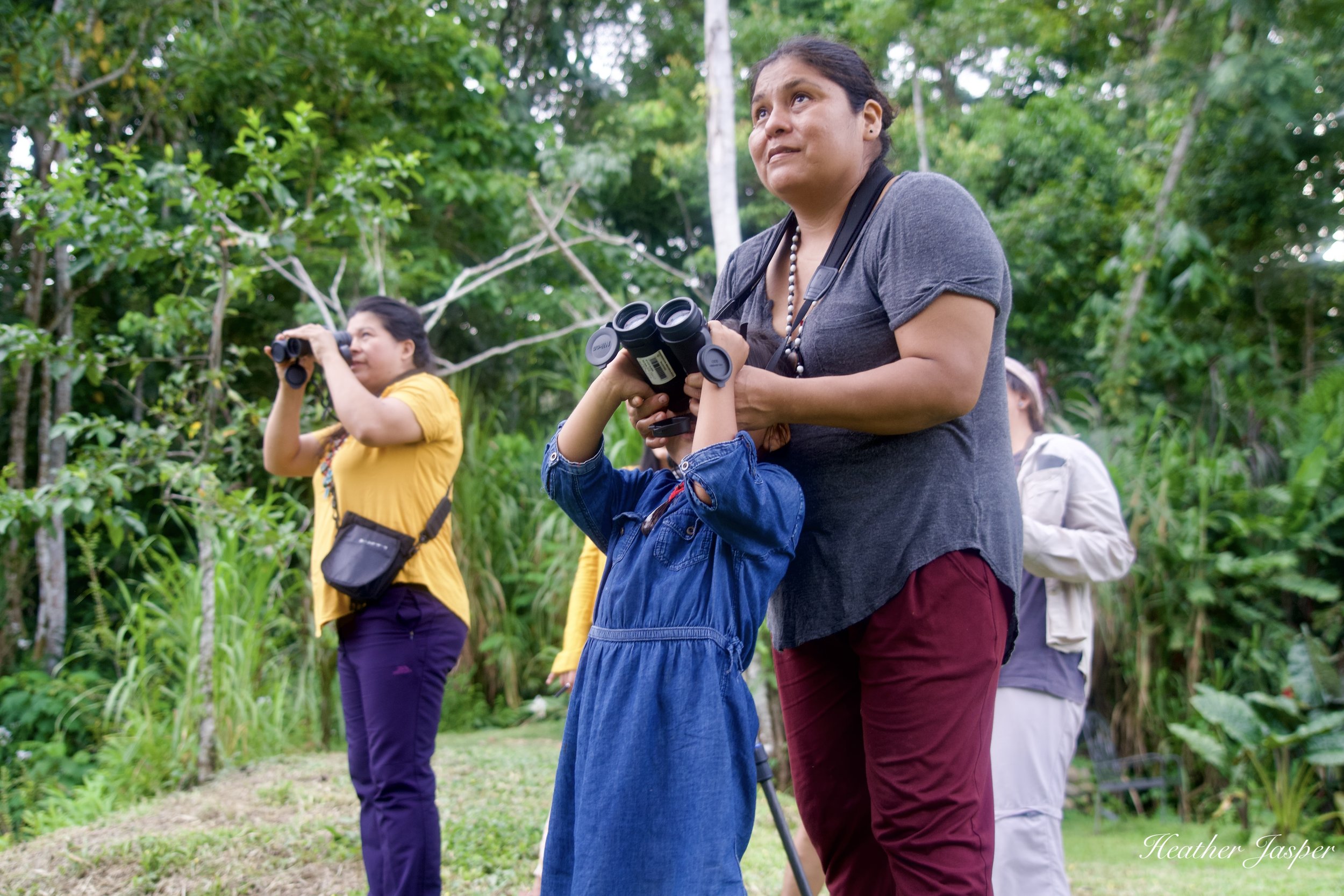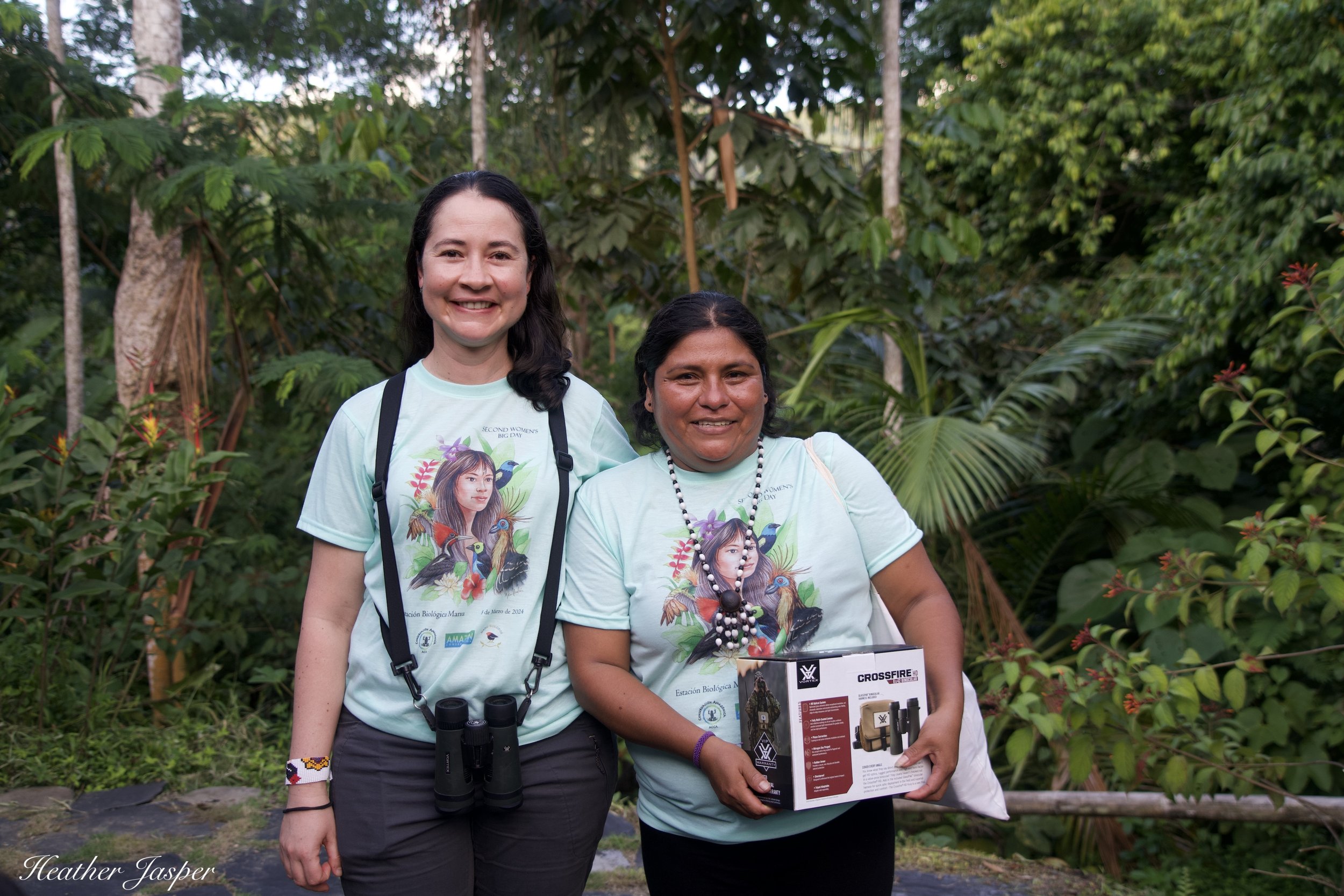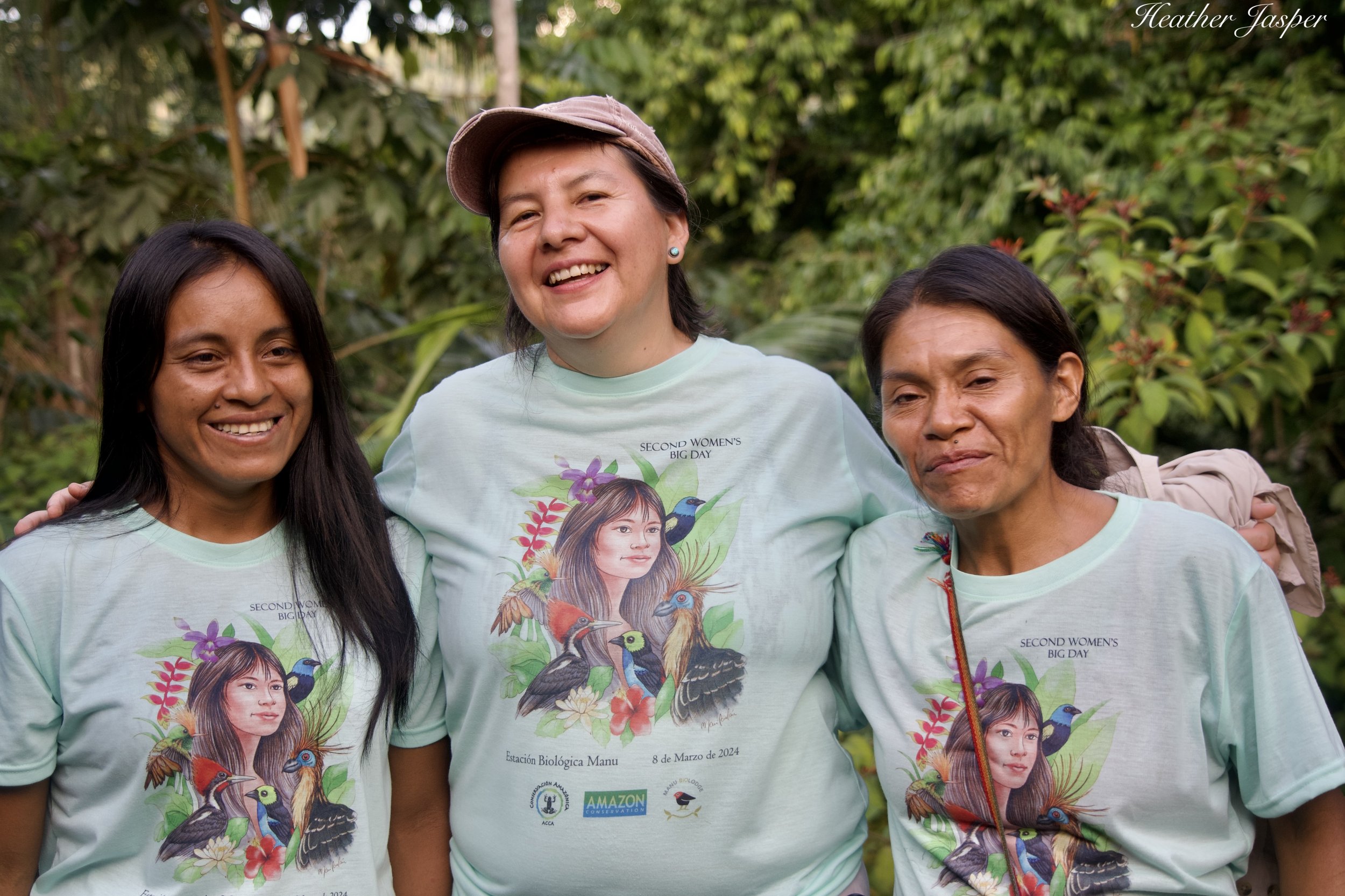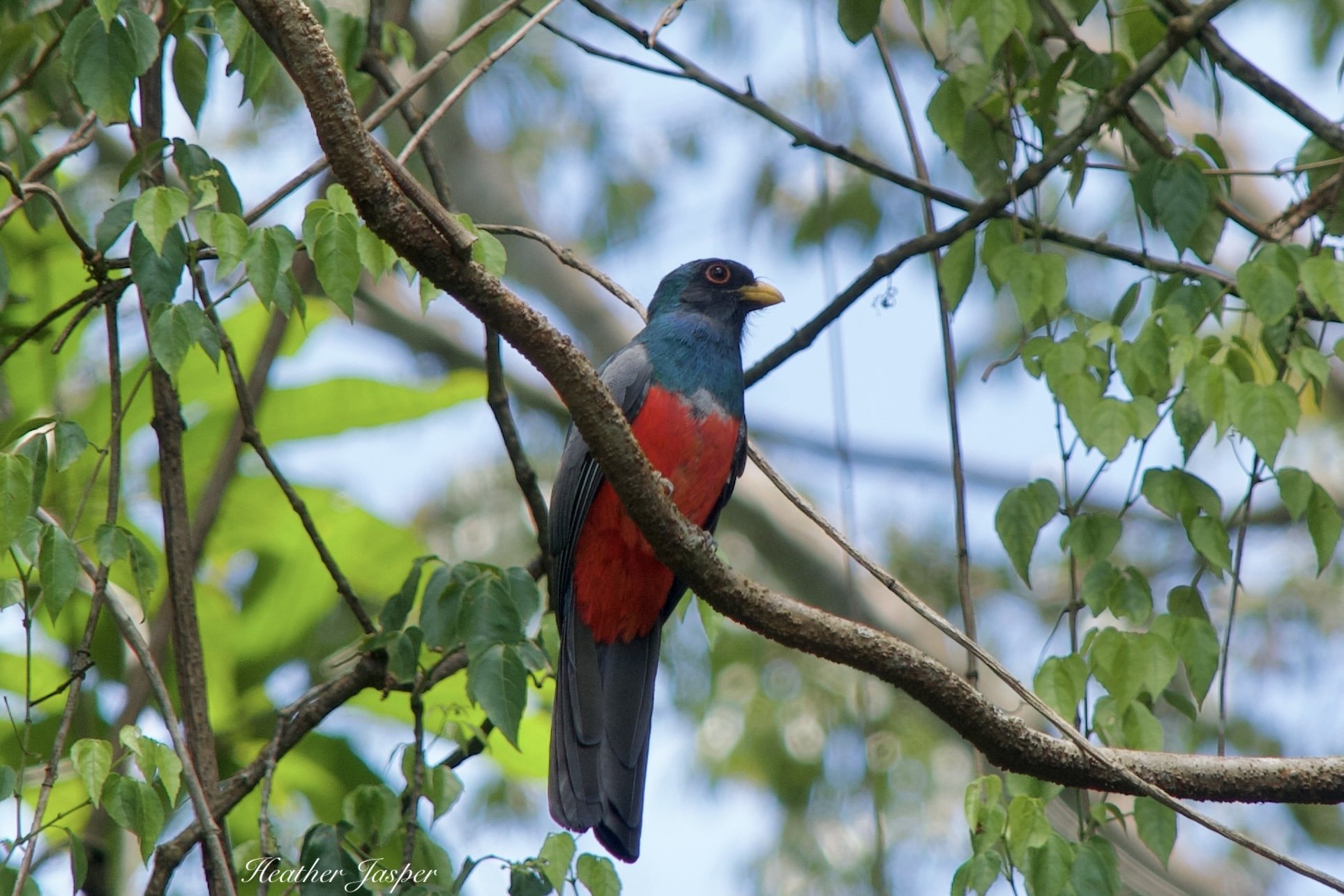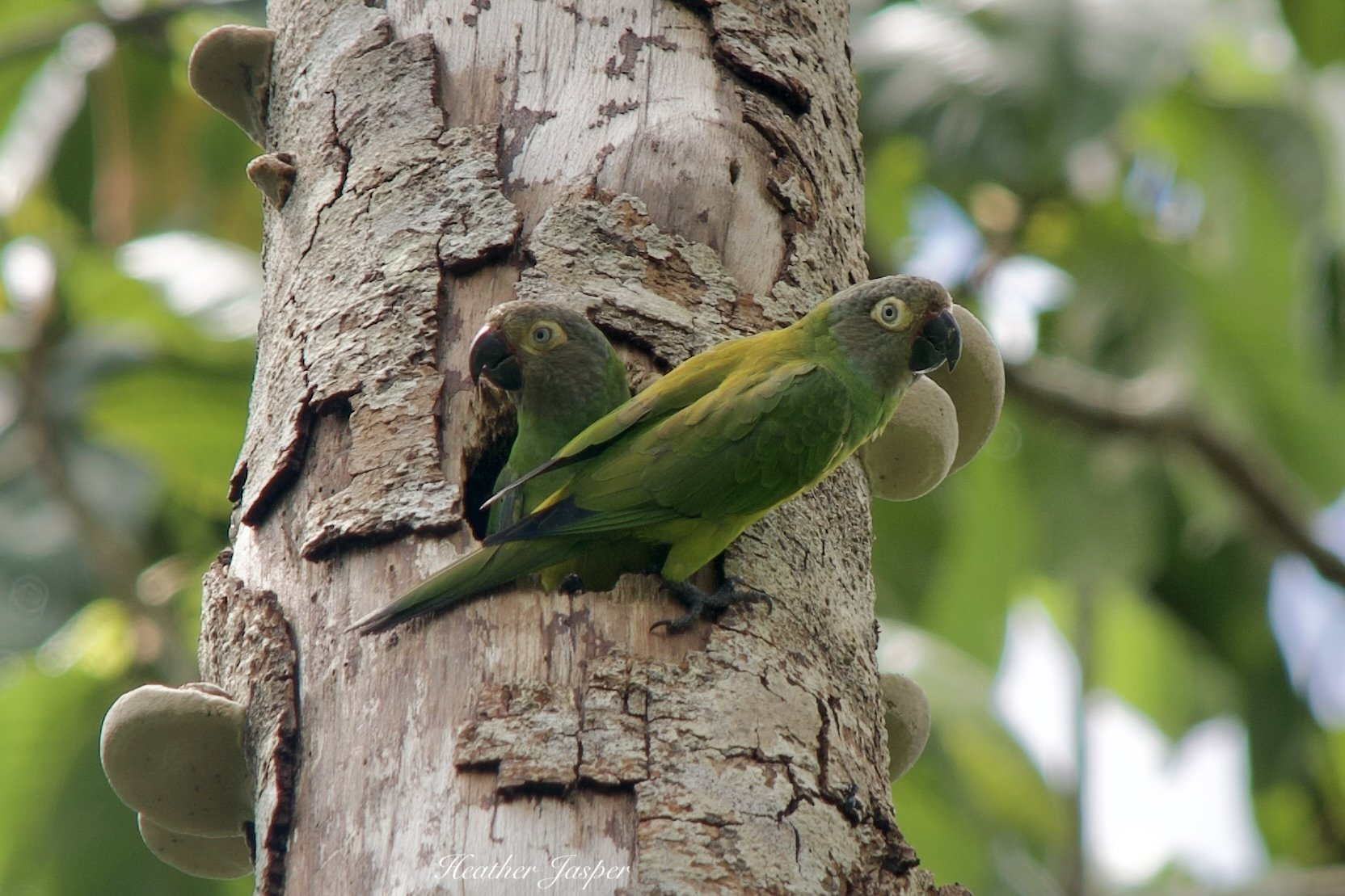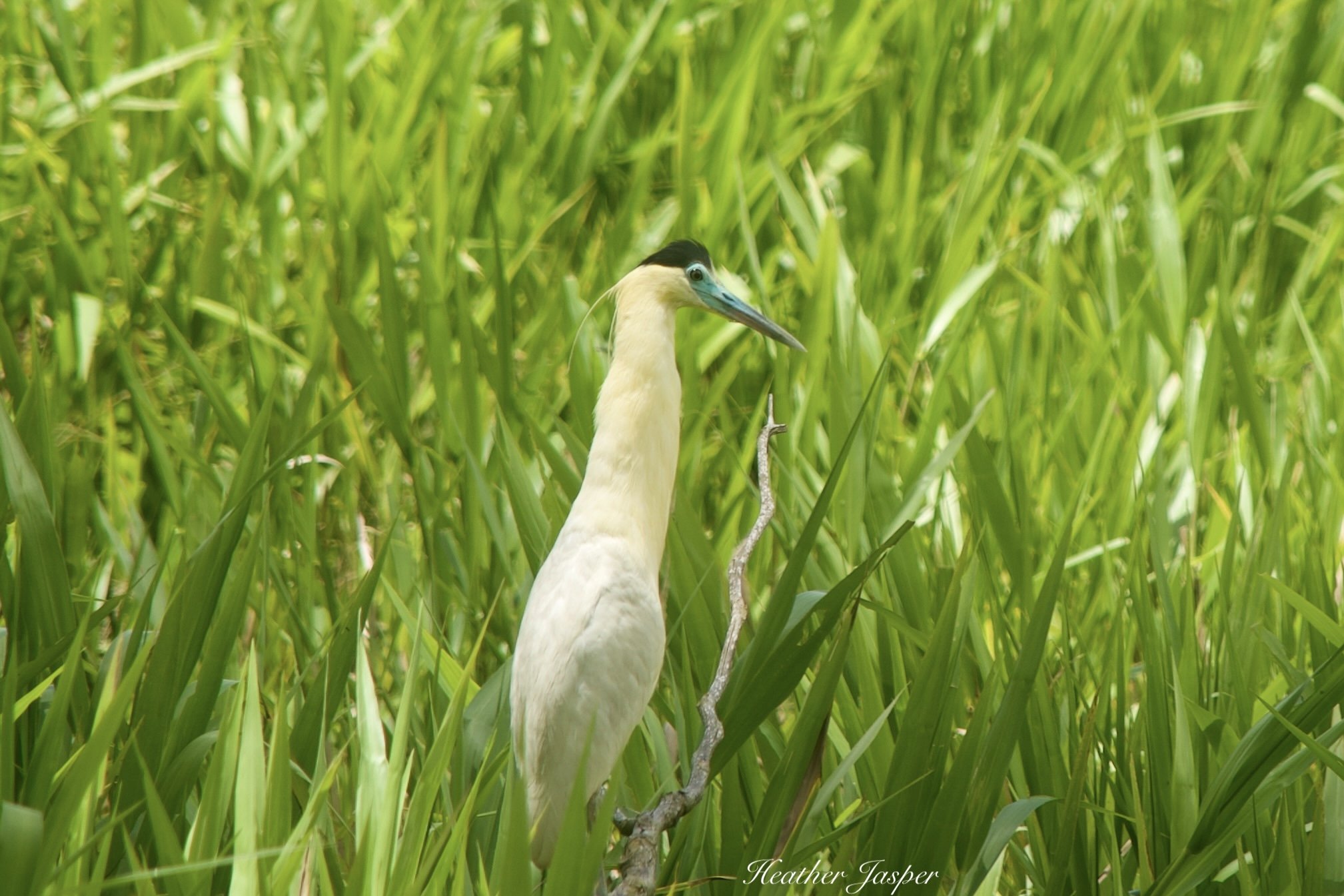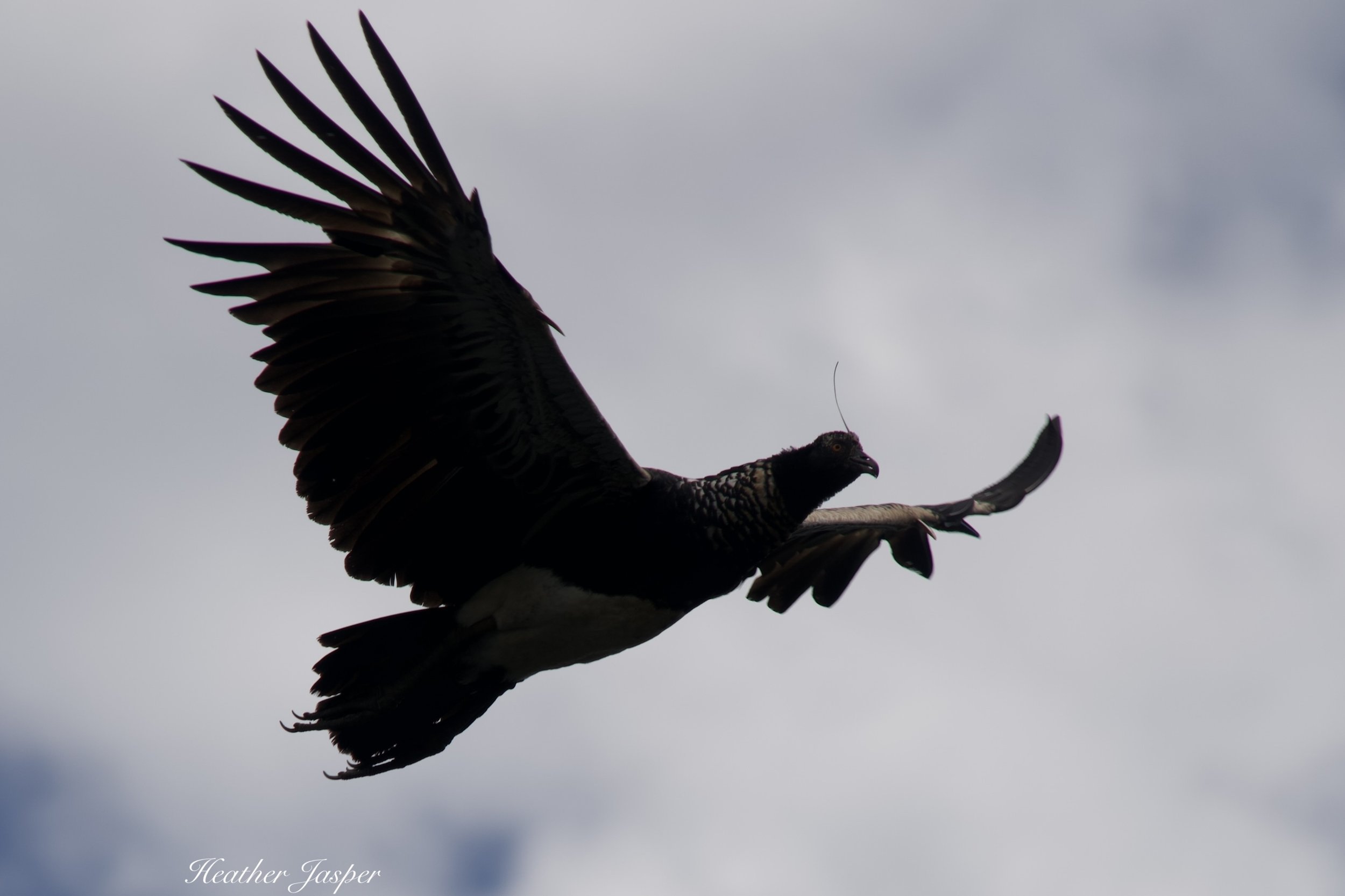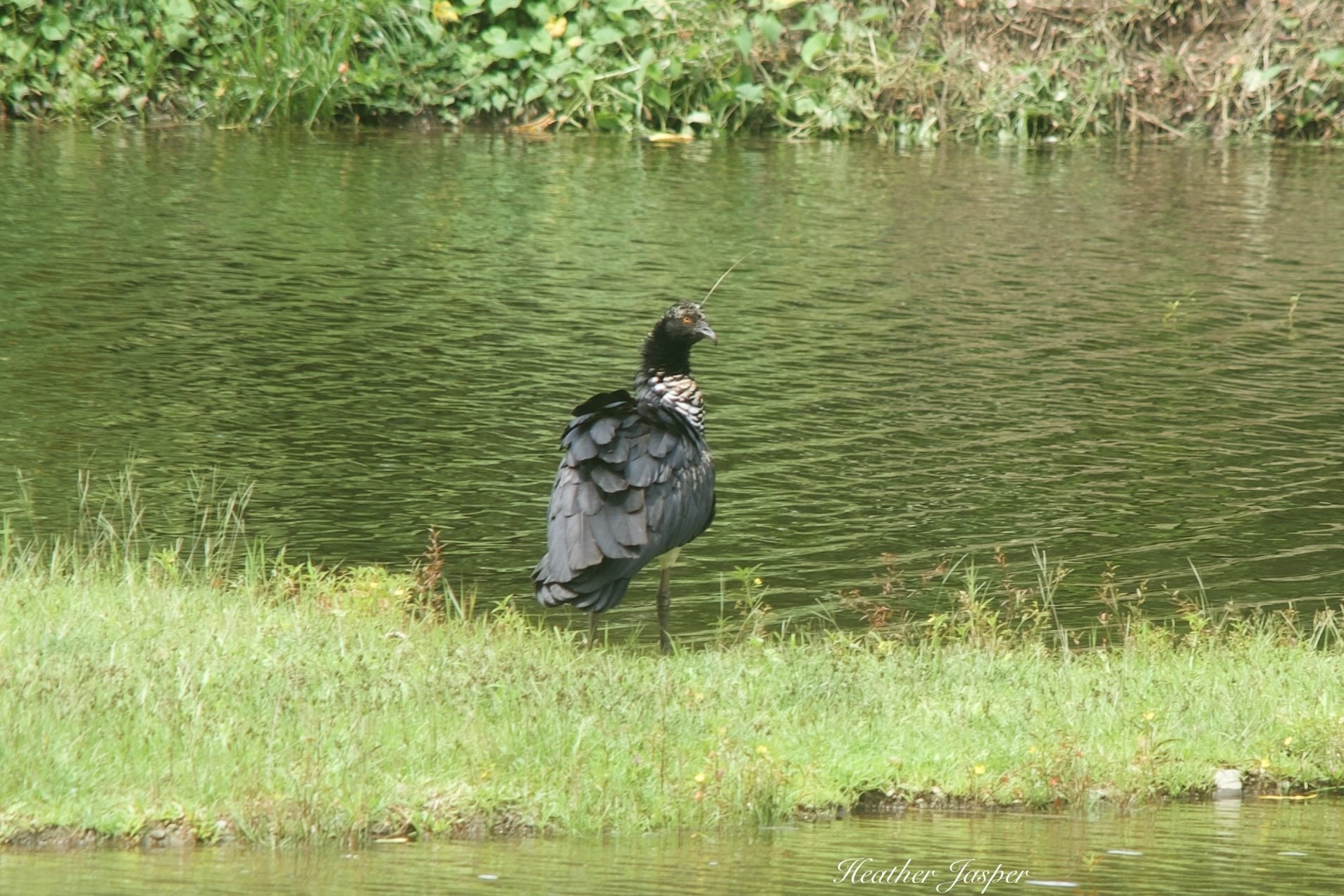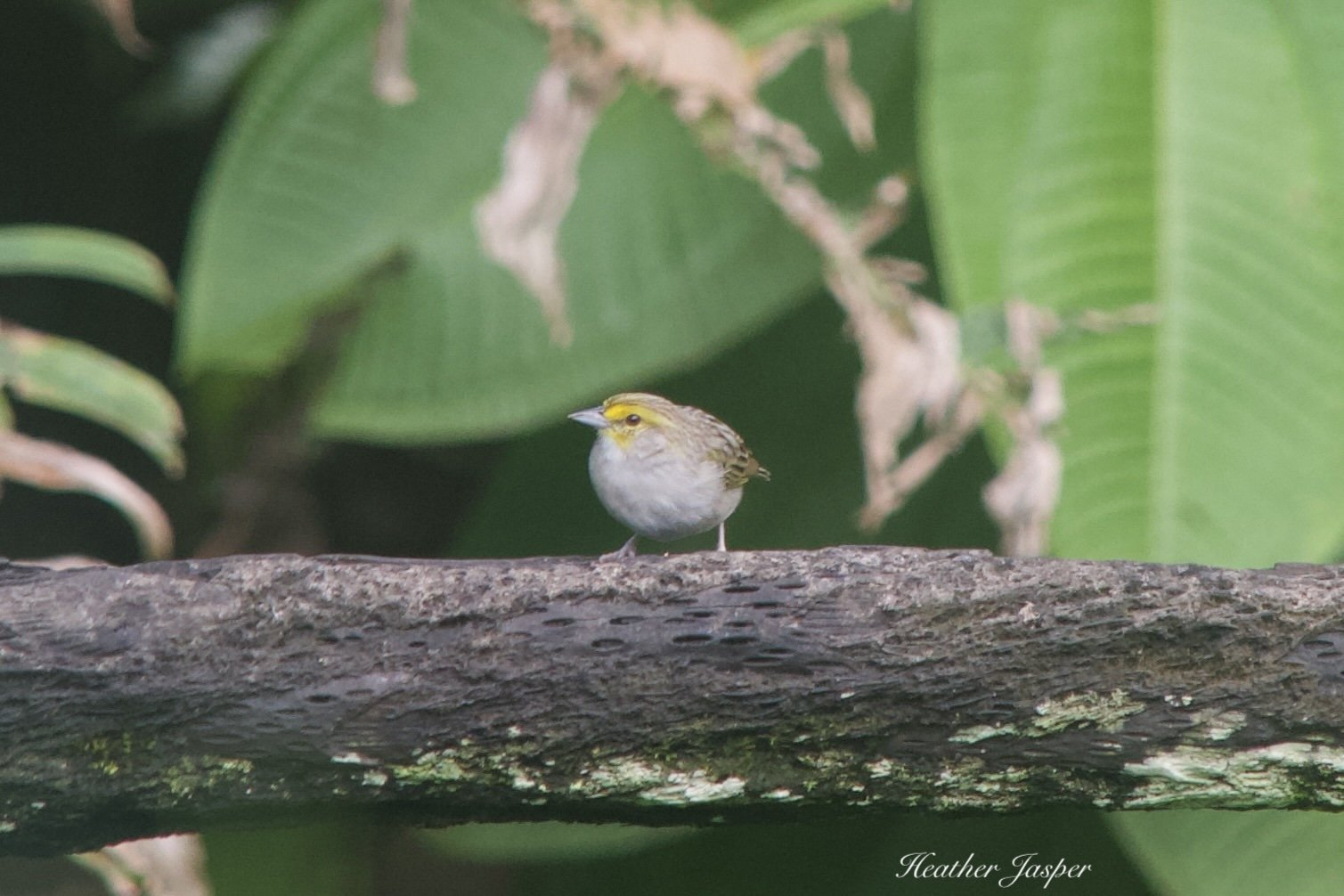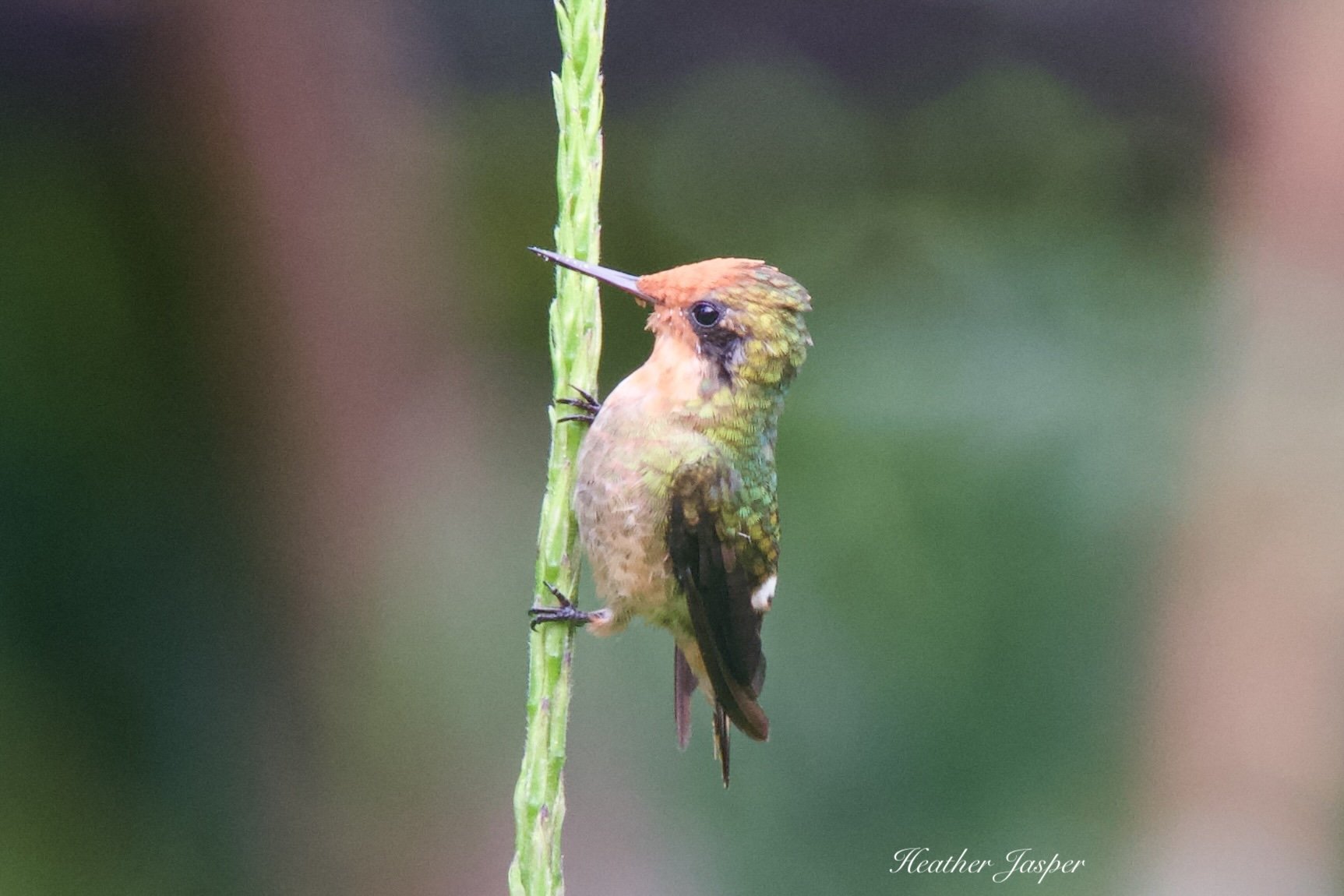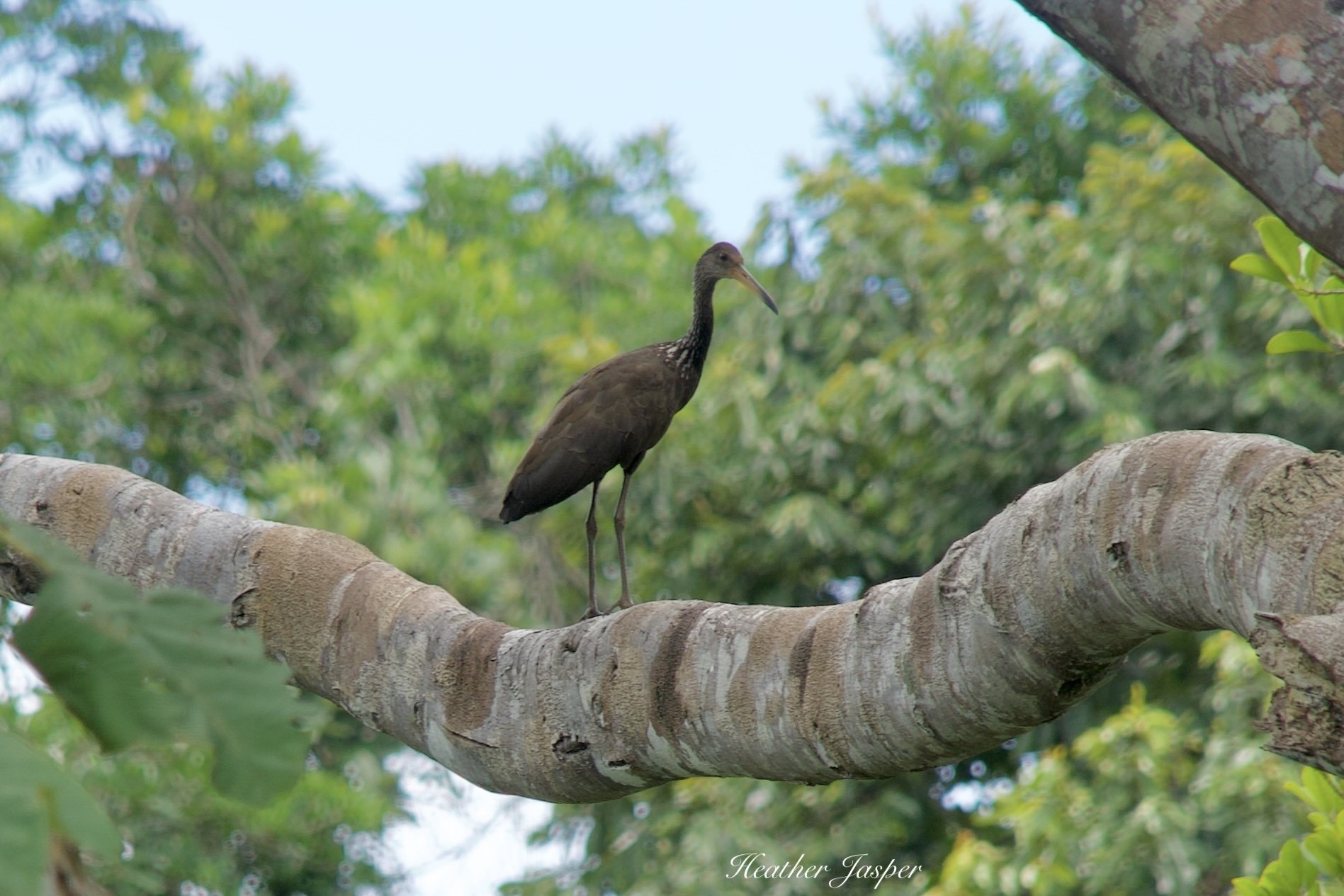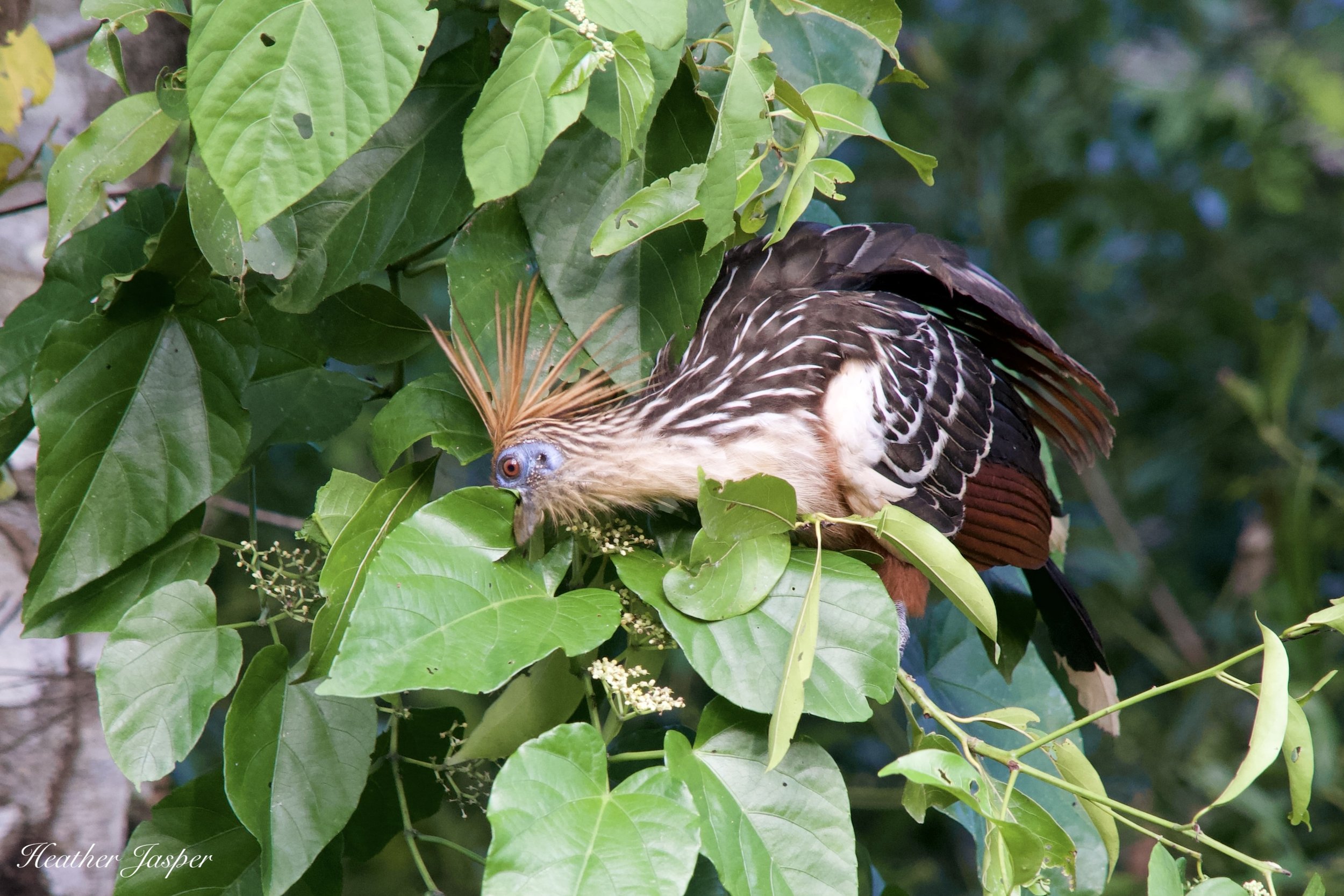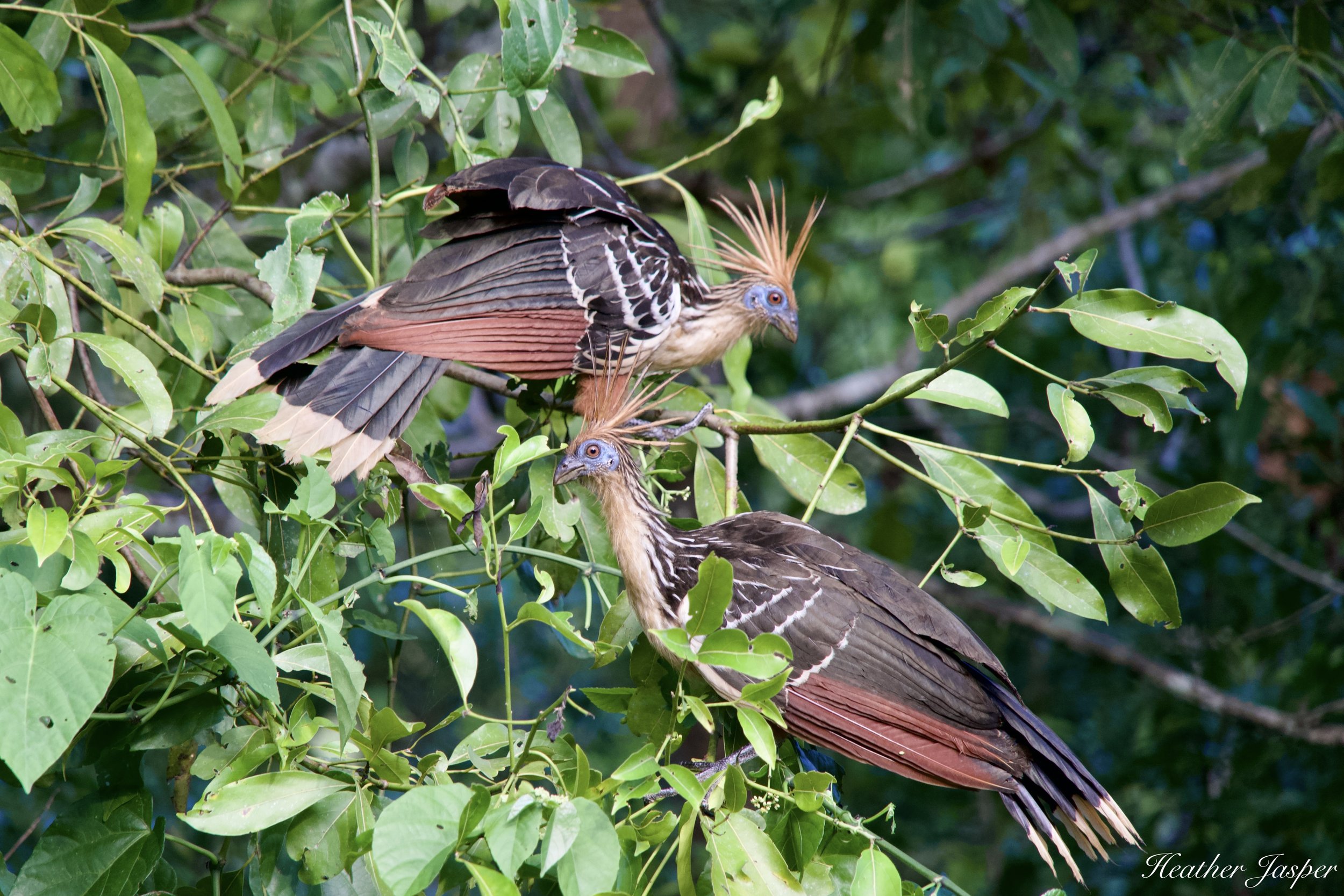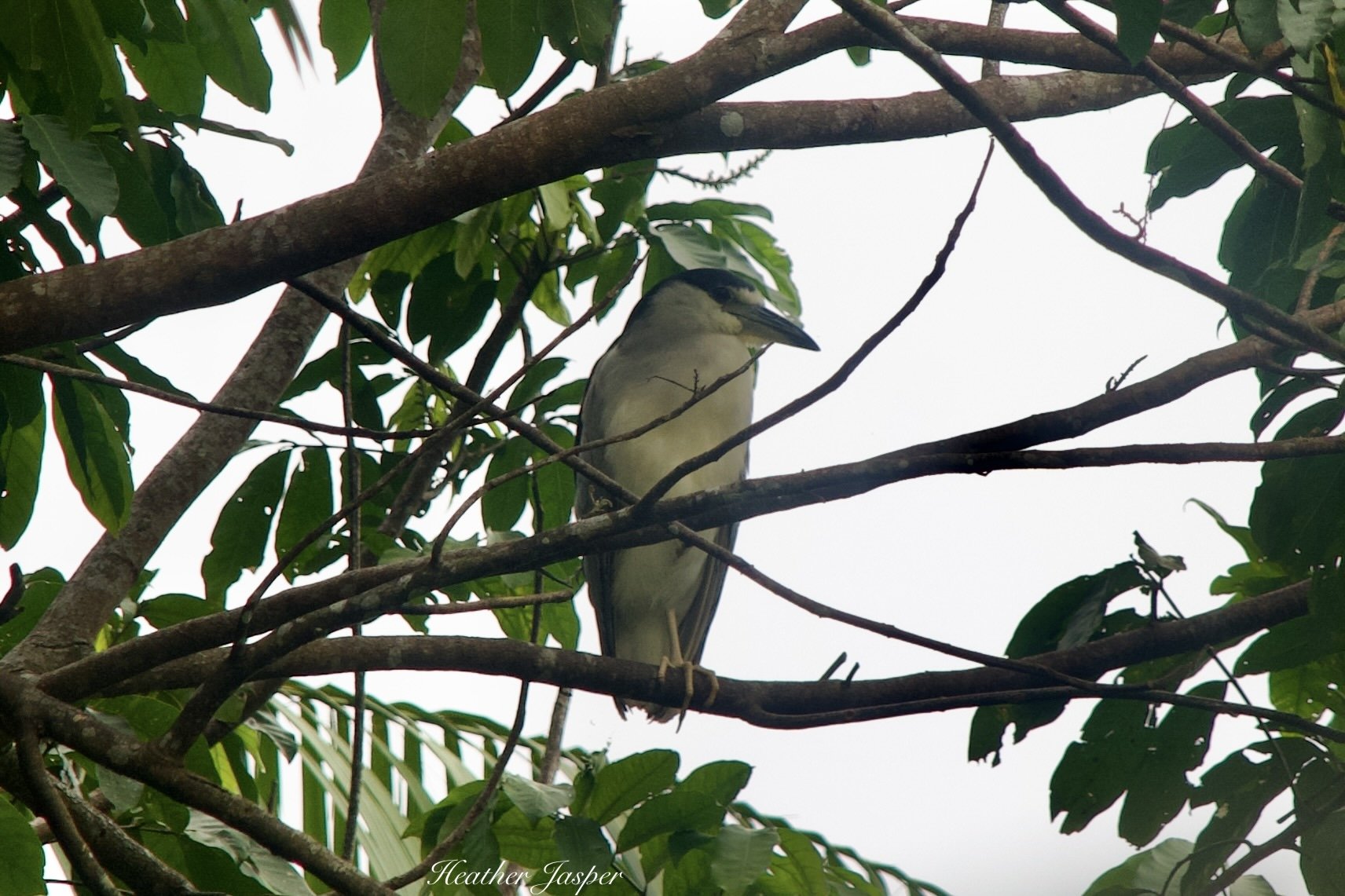Women Birding in Manu
For International Women’s Day 2024, I joined the Manu Biological Station team for a day of birding with local Indigenous women.
Fourteen women from the Qeros and Huacaria communities joined the Manu Biological Station team on March 8th, 2024 for a big day of birding.
Manu Biological Station is near Peru’s Manu Biosphere Reserve, the largest rainforest reserve in the world. (Read about some of the fascinating science they’re doing in my article published by ArsTechnica). It’s also one of the most biodiverse places on the planet. Manu BioStation has registered more than 600 bird species so far, with more identified every year.
That makes Manu one of the best places in the world for birding!
Juliana Andrea Morales, director of the Thomas Lovejoy Laboratory for Climate Change & Biodiversity, wanted to share the research station’s wealth in birds with women from nearby Indigenous communities. Fourteen women from the Qeros and Santa Rosa de Huacaria communities joined her for International Women’s Day 2024.
The biggest yearly birding event is Global Big Day on May 13th and Morales decided to host a Women’s Big Day to see how many bird species we could identify on March 8th. This was the second annual Women’s Big Day at Manu and it was a fantastic success.
Maricel Pacheco
Maricel of the Santa Rosa de Huacaria community checks her identification of a Gray-breasted Sabrewing hummingbird.
Mini-guide and notebook
Each participant received a mini-guide to the 86 most common birds at Manu BioStation and a notebook to record observations. Conservación Amazónica helped create the guide.
The event started on March 7th.
Biologist and guide Claudia Torres Sovero led a workshop for the women. She started by explaining to the women that they have the right to guide in their communities, even if they didn’t study tourism and don’t have a guiding license. Since they live in such a wonderful place for birding, the best way for them to participate in tourism is to become experts on the birds that already come to their communities. She taught the women what international tourists expect from bird guides and how to identify birds. Then she showed women how to use binoculars and we practiced identifying birds with a mini-guide of the 86 most common birds at the research station.
On March 8th, we set out at 6am to see how many birds we could identify.
We didn’t have to walk far. Starting in the pollinator garden near the new laboratory we identified our first ten birds. Then, we walked on one of the roads nearby and identified another 35 species. One of the birds we heard, but didn’t manage to see, was the Amazonian antpitta. It was close enough that I made a great recording of its call, but never saw it. It’s rare enough that serious birders come to Manu just to get it on their life list.
Next, we walked around Cocha Paiche and identified another ten birds, including one of my favorites: the horned screamer. It grows a thin horn out of its forehead like a unicorn, which is made of keratin like fingernails. By noon the heat and humidity were almost unbearable, so we took a break for lunch and at 2:30 sat in the shade with our binoculars to identify hummingbirds at the research station’s hummingbird garden.
We ended the day with a drawing for a pair of binoculars and many new friendships. I’m already looking forward to the third Women’s Big Day next year!
Learning about tourism
As part of the workshop on tourism, the women were invited to stay at the cabins built for birders at Manu BioLodge. Reserve your stay on the Manu website!
Birding for all
A few of the women brought their daughters to join our experience together.
Juliana Andrea Morales
Juliana did a fabulous job organizing the event and even had a pair of binoculars to give away - which were won by Jonny!
Claudia Torres Sovero
Biologist and guide Claudia worked with the women on dozens of skills related to birding and tourism.
Women’s Big Day team
I was thrilled to join Juliana, Claudia and Lucía Castro of ACCA for this wonderful event.
We identified 55 species on March 8th, 2024!
The birds above are: Black-tailed Trogon, Dusky-headed Parakeets (nesting pair), Capped Heron, Horned Screamer (flying and by the lake), Yellow-Browed Sparrow, Rufous-crested Coquette, Limpkin, Hoatzin (eating leaves and in a pair) and Night Heron. See our full list on eBird!


